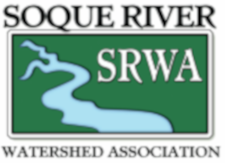Streambank Restoration uses Natural Channel Design on Clarkesville Greenway - September 4, 201410/11/2018 In May, the Soque Partnership (led by the Soque River Watershed Association and City of Clarkesville) completed a streambank restoration project on Rocky Branch, a small tributary of the Soque River in the City of Clarkesville. The restoration site is located behind the Old Clarkesville Mill and adjacent to the Clarkesville Greenway Trail.
A 100-foot section of the streambank had been eroding for many years due to a number of exacerbating factors. Beaver had accumulated debris for a dam, which diverted a portion of the flow of Rocky Branch towards the bank causing localized erosion; the stream also lacked woody vegetation on the streambank to hold the soil in place and prevent the erosion; and excessive stormwater runoff from upstream in the Rocky Branch watershed increased the stress on the stability of the channel. Stormwater is rainfall that does not soak into the ground and runs off hard (impervious) surfaces like parking lots and rooftops carrying pollutants. As impervious surfaces increase, so does the volume of stormwater runoff, which can overwhelm a stream channel’s natural capacity to convey water. Eroding streambanks like the one on Rocky Branch are a common result and can lead to excessive erosion and sedimentation of adjacent streams. Excessive sedimentation is the leading cause of water quality impairment in the nation’s rivers, including the Soque River and Hazel Creek, a tributary to the Soque, which are considered impaired for habitat degradation to fish and wildlife due to sedimentation. Sediment clogs stream channels, degrades habitat for fish and wildlife, harms recreational fisheries, and increases the costs to treat drinking water. The Soque Partnership, which focuses on improving water quality in the Soque Watershed, utilized a unique approach to streambank restoration called “Natural Channel Design.” The approach utilizes scientific principles observed in nature to restore a stream to something resembling its historic functions, similar to a natural stream unaffected by human activities. Rather than armoring the banks with rip rap and stone, the technique allows the stream to overflow its banks by reshaping the slope giving easier access to a small floodplain. These new slopes are then thickly vegetated with native woody plants to provide stability to the banks by holding the soil in place. In addition to bank reshaping the project installed log vane structures in the stream to help direct the energy of the water into the center of the stream channel and away from the eroding bank. The entire area was covered and staked with erosion control matting made of biodegradable coconut fiber, and fast-growing warm-season grasses were planted to quickly establish vegetation. Later this year, larger native woody vegetation will be planted to establish a vegetated buffer along the stabilized stream segment. The project received funding support from a Clean Water Act grant from the Georgia Environmental Protection Division to address non-point source pollution. The Soque Partnership has received funds for such projects since 2004. Costs for the project were minimized by participation of City of Clarkesville staff and resources provided as match. The project was located on the City of Clarkesville’s 19-acre Greenway property. The results of the project can be seen while walking the Greenway Trail, with the restoration located behind a park bench near where the loop meets the trail.
2 Comments
Soque Bulletin - June 13, 2009
Greenways makes BIG News! Our Greenways Kickoff was a big success last month. We had about 75 people attend and received some great press coverage (front page of the Northeast Georgian and in the Gainseville Times). Representative Rick Austin, Senator Jim Butterworth and Terry Greene the mayor of Clarkesville were all in attendance. After a cookout, potluck and a few words about the significance of the Greenway from our elected officials, the group went on a half hour tour of the Greenway to learn about some of its more interesting and mysterious features such as the streambank stabilization site and the constructed wetland. Several other items of note regarding the Greenway – · NEW BROCHURE AVAILABLE - We now have a small brochure of the Greenway for self guided tours explaining the history, interesting features and future expansion plans. We can send this to you as a PDF and we’ll post it on our website soon. · TAKE A TOUR - For larger groups (15 or more) the SRWA is happy to give guided tours of the Greenway to talk about how these new public lands will be used as a model site for other conservation projects including improving stormwater treatment, constructed wetlands and using native plants for restoration purposes. If your group is interested just give us a call. · On the Radio - The Greenway will be the topic of discussion on WPPR 88.3 FM public radio this week. Candice Felice, the host of Community Life in Northeast Georgia interviewed Justin Ellis about the Clarkesville Greenways last week and the show will air on Tuesday, July 14th at 7pm. That’s tomorrow! · More on the Radio - Another local radio station WCHM 1490 AM aired a similar program back on June 1st. Kay Dover the host of Good Morning Habersham had a 45 minute piece on both the Clarkesville Greenways and other future plans for the SRWA. · Volunteer Corps forming- The SRWA is facilitating a Greenway Volunteer Corps to do special projects on the Greenway such as plantings, removal of unwanted species, trail maintenance and trail extension. If you are interested in getting involved in such work please let us know. Once we have a small group formed we may meet monthly or bi-monthly for special project work days. Lots of Greenways opportunities. Thanks to all those who have participated and contributed their time and energies thus far! Watershed Executive Director, Duncan Hughes, helped a group of 20 Girl Scouts get up close and personal with native mussels. His son, 8 year old Charles Hughes, discovered the mussels in a local creek in 2012 while with his father, Duncan Hughes, sampling water for bacteria. This was the first mussel sighting in the Upper Chattahoochee above Lake Lanier in many decades. This learning opportunity helped the girl scout troop earn their aquaculture badges.
You may have heard that the SRWA and our Soque Partners tried to start the year off right by planting almost 3,000 trees over the last several days. Here's a quick snapshot of two projects: 1. FAIRVIEW ELEMENTARY- 1,600 trees PLANTED - THURSDAY - January 10th - We had upwards of 15 volunteers help us plant 1,500 pine and 100 persimmon and oaks to help stabilize soils at Fairview Elementary and to improve rainwater infiltration. We used dibble bars that allowed each volunteer to plant almost a tree per minute. We had a lot of help to make this project happen and we want to acknowledge their effort:
2. PROJECT 2 - ELLER FARM - 350 trees PLANTED - FRIDAY - January 11th - We had about 12 volunteers this day and planted 75 white oaks, 25 persimmons, 100 red maples, and 100 river birch, in addition to 50 assorted container trees including yellow poplar, green ash, and sycamore. After planting each tree got geotextile weed mats to give them a headstart on the grass and weeds.The purpose this project was to replant a streamside forest which as it matures will help to hold the streambank in place reducing erosion, increasing stream stability, and serving as a buffer and nutrient sponge. Big thanks to the following folks who made this project possible:
News for April 12, 2012
Come out and support your enthusiasm for the Clarkesville Greenways, and also get a tour of the proposed half mile expansion into Mary Street Park that should begin sometime this summer. It's been nearly three years (June of 2009) since we've had a Greenways Public Meeting and there's cause to celebrate. Last month the City of Clarkesville received word that they had been approved for a $100,000 grant from the Georgia Recreational Trails Program to extend the existing Greenway trail into the adjacent Mary Street Park. This new trail section will greatly enhance the use and enjoyment of the Greenway and also improve Mary Street Park which just happens to be in a revisioning process this year. The city has also applied for funding to build a grassed amphitheater that would join with the Greenways. Other features of this new trail section will include: two trailheads, concrete ramps, a restrooom and access to picnic tables for individuals with disabilities. It will also feature a second bridge across Rocky Branch, and improved signage. The grant will also allow us to assess ways to improve the overall trail system so come out and give your ideas. Part of the public meeting will be soliciting input from citizens who use the Greenway and looking at volunteer opportunities such as: improving use of the kiosk for posting community announcements, management of pet friendly features, signage explaining special features of the Greenway, how to promote the Greenway to visitors to the area, special events, maintenance of the trail and trail features such as the boardwalk and natural areas. Come and enjoy a walk around the new trail section and discussions of how to make the Greenway even more used and loved in the City of Clarkesville. March 6, 2014March 6, 2014 · The SRWA has suffered a devastating fire to our office last night (Wed. 3/5) around 11:45pm. The fire began at the Sweetbreads Cafe located behind our building. Unfortunately the office was completely destroyed in the fire.
Fortunately we were able to recover our central computer and a few other items just minutes before the building was overtaken by smoke and flames. Our database and all electronic files are safe. Everything else we will have to rebuild from scratch. We are looking at new office locations (in the downtown Clarkesville Area) immediately so all ideas on that front are welcome. Once we get setup with a new office we may be able to use small donations of simple office supply items, etc. We did have insurance that should help us get back on our feet. We really appreciate all the outpourings of support we've received and we'll definitely try and engage our membership and supporters in our rebuilding efforts. We also encourage support to the other businesses tragically destroyed in the fire, Sweetbreads, Natalie Jane's, Edward Jones, Parker Antiques and Sharky's We don't anticipate this significantly impacting our ongoing programs so TAKE CHEER, the SRWA may have lost an office but our mission, projects and events will not falter. 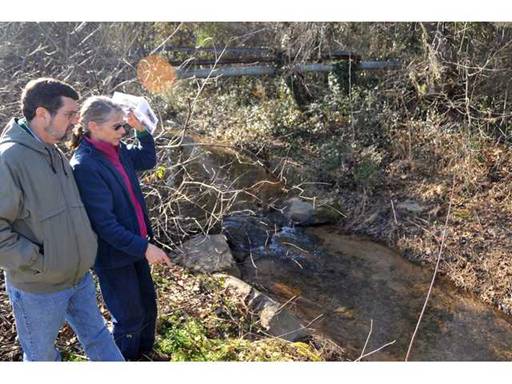 John and Emily Smith of Baldwin take a closer look at the streambank restoration site of Rocky Branch at the Clarkesville Greenway during a tour Saturday. The Smiths recently purchased agricultural land with eroded streambanks. They participated in the tour in order to learn how to repair the eroded banks. By SARA GUEVARA By Erin Rossiter
erossiter@gainesvilletimes.com POSTED: January 29, 2011 Alice Roseman knows it's just water. Still, her voice flows with despair when she speaks of the stream on her small Habersham County farm. Roseman feels as though her land is under fire. Erosion is the primary aggressor. "I think everyone wants to do the right thing," she said. "But they need to educate people on how to do it." Since moving to the property in 2003, Roseman has watched the steady decline of the channel that cuts through her 6-acre farm. She has considered refortifying the banks with chicken wire, concrete and river rocks. But making a wrong decision has her second guessing every step. Roseman, 70, fears more government meddling in her life and property. "The more I cried (to the county about this problem) the more frustrated they got, because they didn't have the answers," she said. "Right now, I'm afraid to do anything." On Saturday morning, Roseman joined nearly 30 people who arrived to Old Clarkesville Mill for guidance on stream erosion, a problem most seemed to share as land owners. Sponsored by the Soque River Watershed Association, the educational lesson featured a tour of properties in the organization's Habersham County focus area. Each place showcased a different look at erosion and repair. All solutions hinged around copying nature, said Justin Ellis, who led the tour as director of the association. "Nature is a great teacher for stability. You see that in all types of ecosystems," Ellis said. "Natural streams don't degrade in an undisturbed state. (So we need to) learn the principles of what makes a natural stream stable and apply that to the streams we're managing." Calls from frustrated property owners like Roseman are among the most common his office fields, Ellis said. Explaining the overall concept of "natural channel design" takes root quickly. But relaying specifics on how exactly to engineer nature back into streams impacted by unnatural water flow can seem overwhelming. Geography, sediment types, former and current land-use, natural ecology and water quality are all studied before planning any kind of natural restoration, Ellis explained to the group. "We're kind of taught when you see a bank eroding, you put a bunch of rocks on it," he said. "At (one) time, that's what we thought was the best thing to do. ... We've learned mimicking nature is actually a better long-term solution and actually costs less in the longer term." In Georgia, this method of restoring streams started in Habersham County in 1998, Ellis said, when land owner Justin Savage began improving a 1,300-foot section of the Soque River. The method has grown over more than a decade, with a number of streams being improved this way, including grant-funded projects in Hall County, Ellis said. He added that many environmental firms know how to rebuild streams this way, too, for land owners who are willing to pay. To assist Habersham County citizens directly, the association formed its Soque River Watershed Partnership. In addition to consulting work, the partnership secured a grant to manage its first restoration project with cooperating land owner Lamar Whiting. "We feel like it's our obligation to be somewhat of a regional hub for information on sustainability and managing nature resources in a sustainable way," Ellis said. "I don't think it happens in a one-day tour, but I think even the skeptics can come around after seeing a few of them." Whiting counted himself as one of those skeptics and described his reaction as "reluctant" when the partnership proposed restoring his stream, a tributary of Yellowbank Creek. "I wanted to have as much information as possible," Whiting said. His land, which includes a 60-plus-acre cow pasture, abuts Ga. Highway 115. A culvert guides water from one side of the busy road to Whiting's property. During periodic rain floods, the strength of flow is so great the water digs into his stream's earthy embankment. Whiting planned to rebuild the bank himself with large concrete chunks. But the SRWA and its partnership, led by Ellis, asked Whiting to consider the natural alternative. It took three months of studying surveys and detailed plans before Whiting agreed. He has also welcomed experts, students and a number of visitors onto his property from various agencies, states and institutions, including the University of Georgia. Work begins this spring. "If it would be an improvement to our property, we decided to go with it," Whiting said. A 40-year resident on the family farm, he hopes the stream solution will last the rest of his lifetime and then some. "They're trying to help me do more of a project than I planned to do," Whiting said. "We'll see what happens." SRWA members and volunteers will participate in the continuing statewide campaign to clean and preserve over 70,000 miles of Georgia’s rivers and streams. This effort will be part of Rivers Alive, a program of the Environmental Protection Division's Outreach Programs. The annual Georgia Waterway Cleanup is expected to once again be the largest single volunteer effort to beautify Georgia’s water resources.
Volunteers will meet for the local cleanup at 9:00 a.m. THIS Saturday, September 12 at Pitts Park in Clarkesville. The event will end by noon and will include a cook-out and free t-shirt for the first 30 volunteers. Local volunteers will be joining an estimated 30,000 other volunteers statewide participating in the annual river cleanup. This fall over 200 cleanups will collect trash and debris in streams, rivers, lakes, wetlands and the ocean from the Soque River in North Georgia to the St. Marys River in the South. For more info or to volunteer email soque_scarlett@windstream.net or call (706) 754-9382). |
AuthorSRWA Archives
October 2018
Categories |
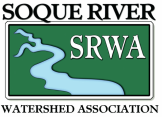
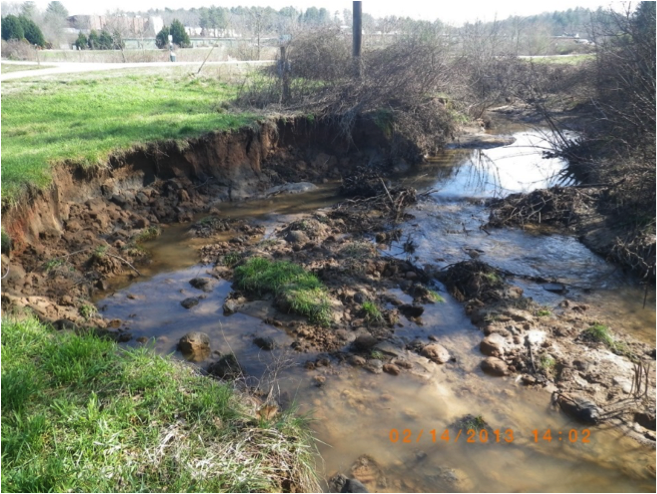
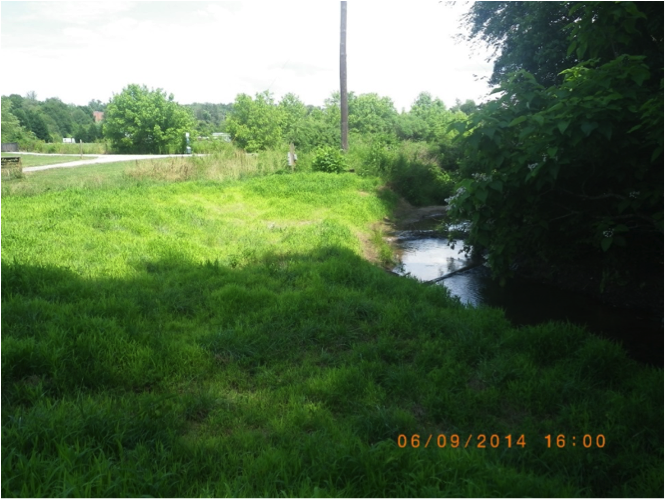
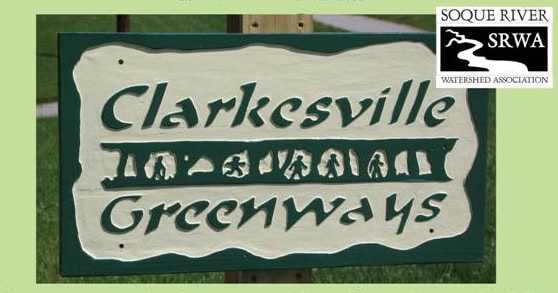
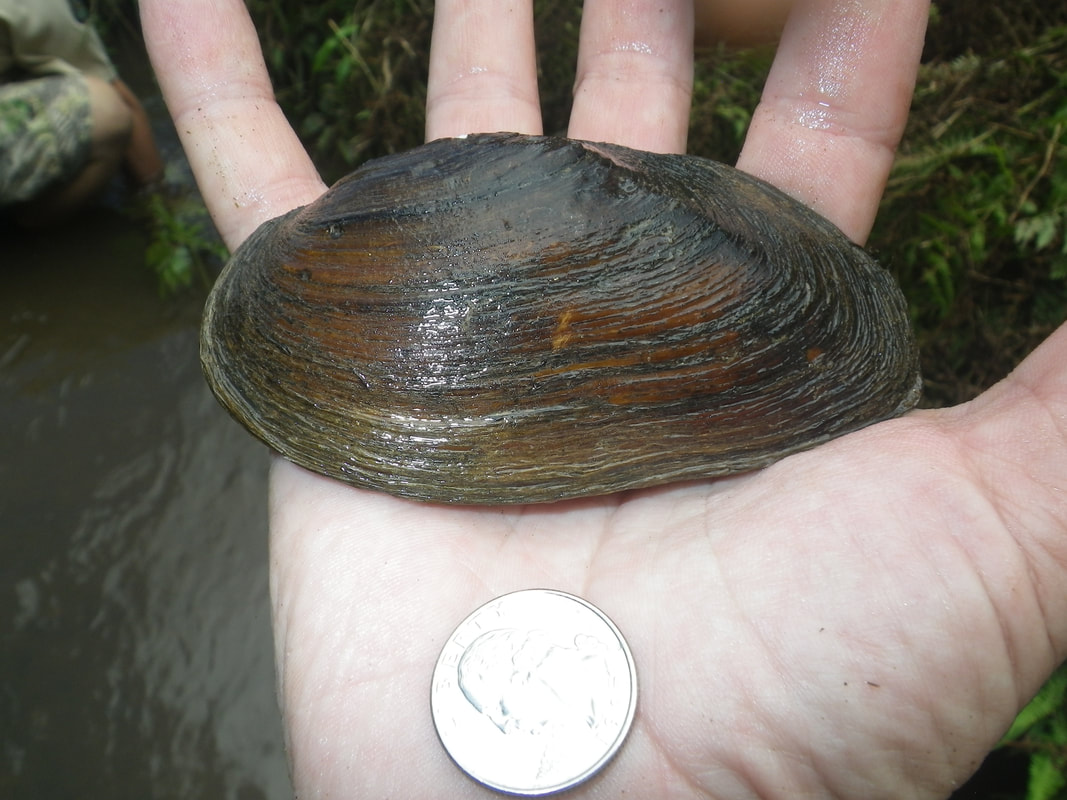
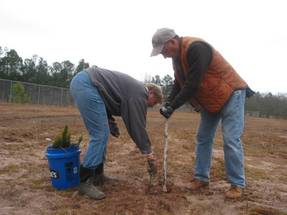
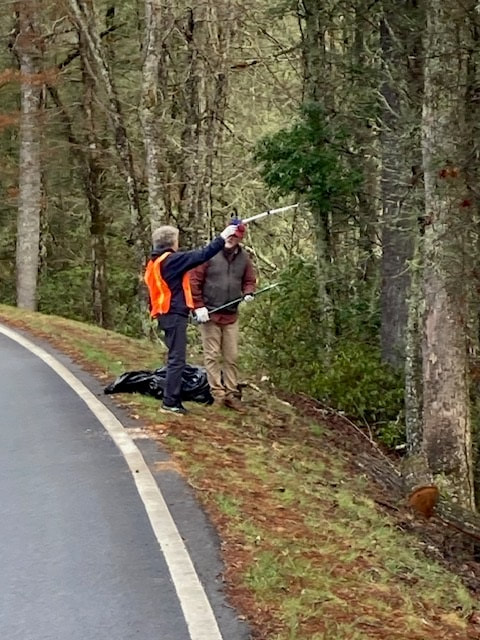
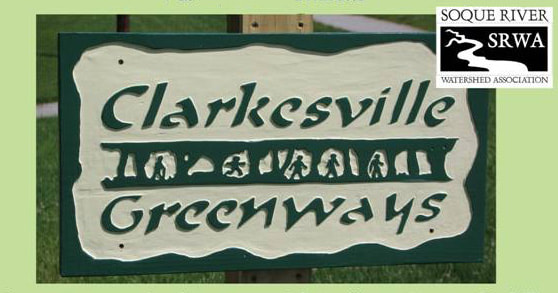
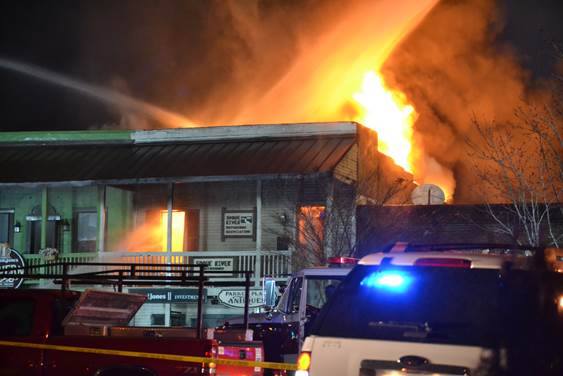
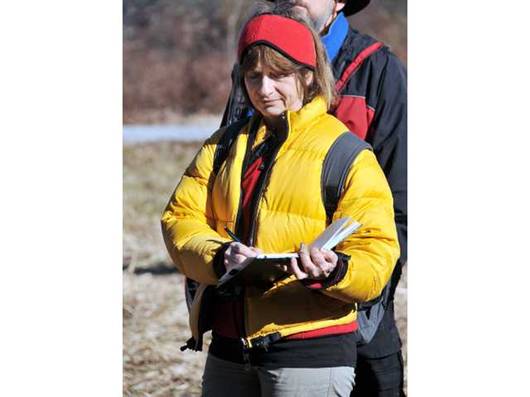

 RSS Feed
RSS Feed
